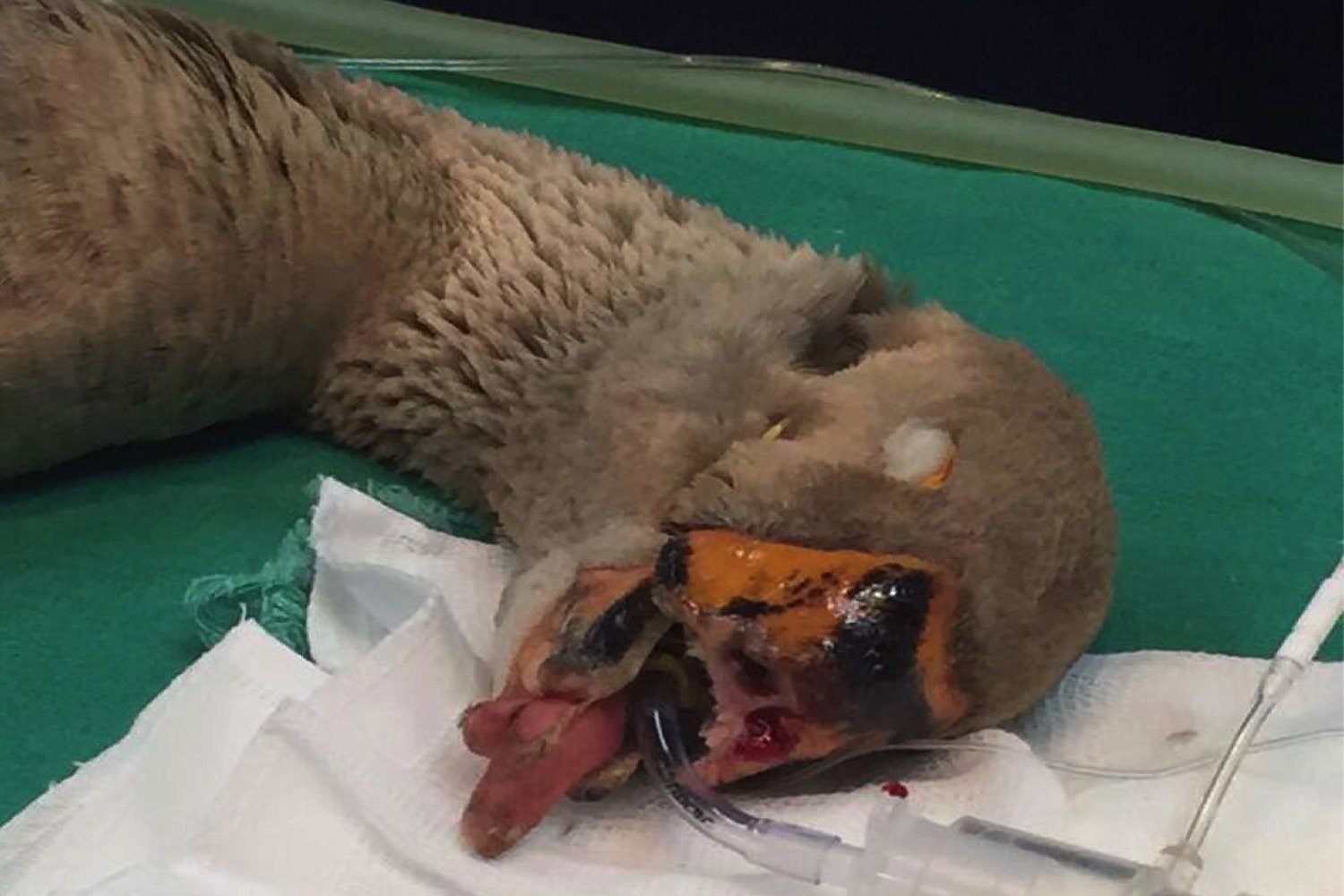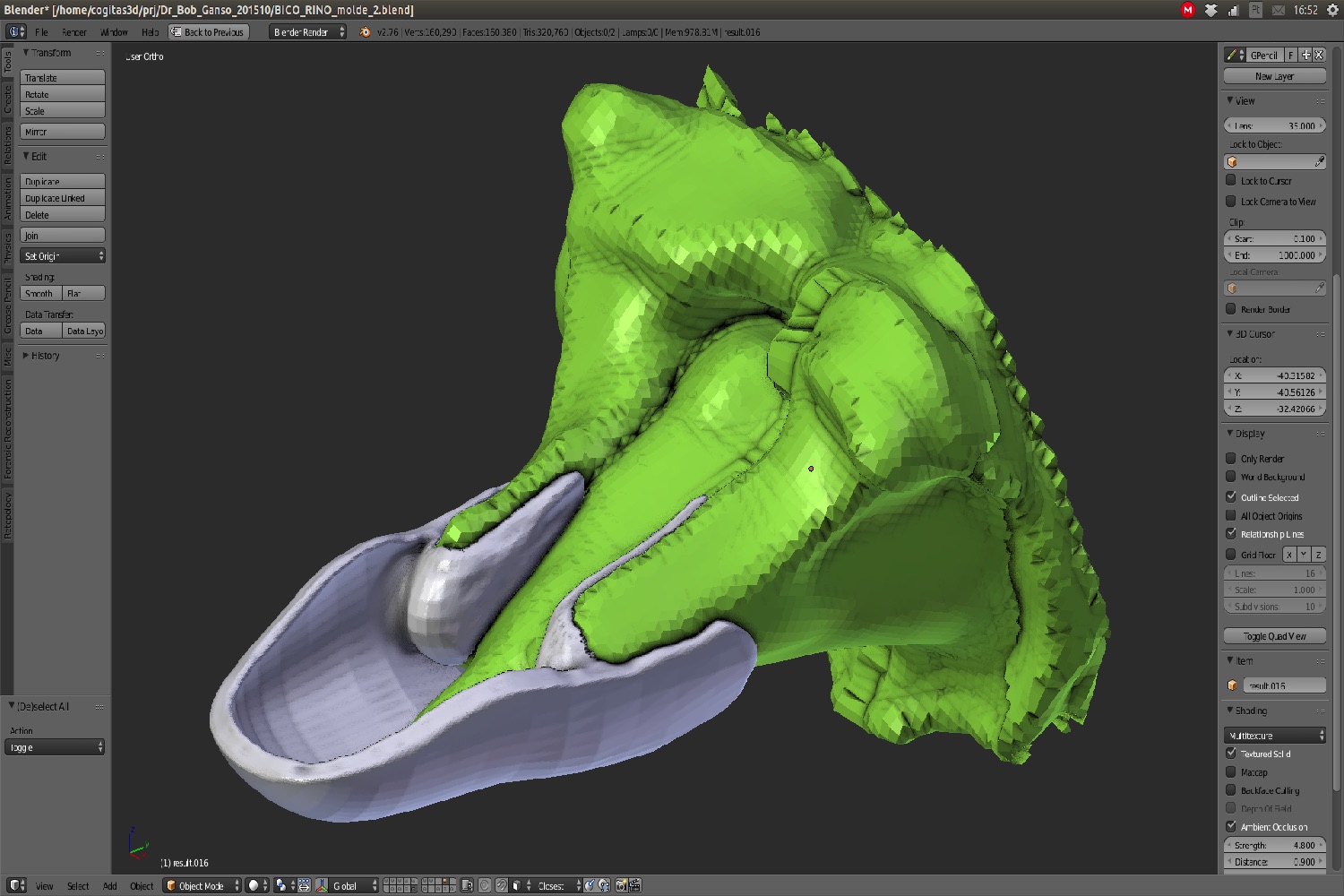Friends of the Sea contacted a group called the Animal Avengers: a team of four vets, a dental surgeon and a 3D designer, who create prosthetics for injured animals. “Initially, [veterinarian] Dr. Roberto Fecchio and [dental surgeon] Dr. Paul Miamoto analyzed the animal and … sent me the beak replica data,” 3D designer Cicero Moraes tells Digital Trends. “It was then that I started working on the first prosthesis design.”
Victoria received a 3D-printed prosthetic beak in late 2015, although it turned out to be too heavy for her to properly use. “The first beak lasted four or five months fixed in the animal,” Moraes said. “One day, it dropped down, because of some fixing problems. Once the beak dropped down, they informed us and we decided to create another [that was] smaller and more efficient. On the day of surgery, during the initial tests, the experts found that the goose had pneumonia. The surgery was canceled to treat the animal. After the animal recovered, a new surgery was scheduled. This time the [beak] was fixed well, and is a much more elegant [design] — only one-third the size of the first.”
It is hoped that the new 3D-printed beak will allow Victoria to live a normal life — albeit as the world’s first goose to lose its beak and have it entirely re-created using 3D printing. “No doubt, the case of Victoria was the most challenging of [the ten cases] we’ve done until now,” Moraes observes.
And just when we thought we couldn’t love 3D printing any more than we already do.








